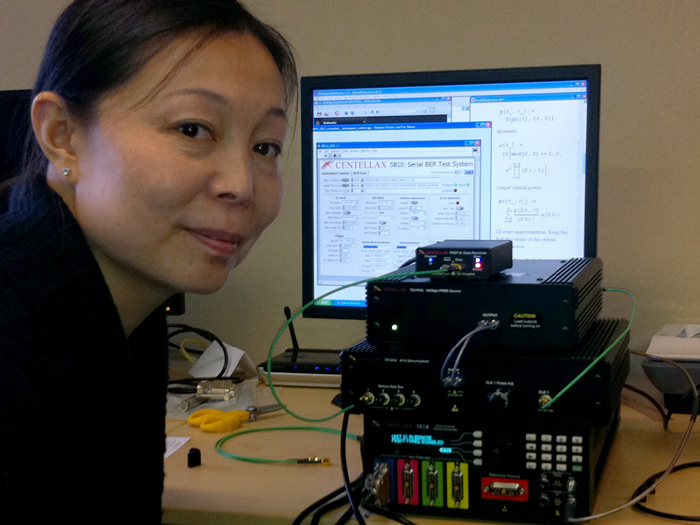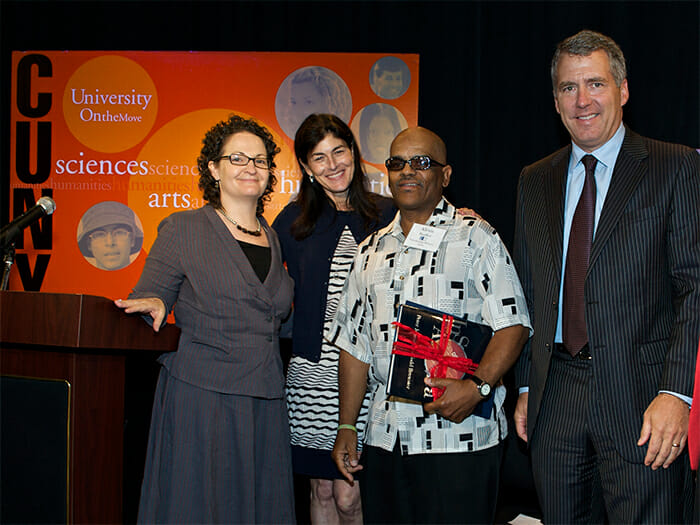CSI was awarded a $210,000 grant from the National Science Foundation’s (NSF) Research Instrumentation (MRI) program in order to acquire state-of the-art signal generation and detection instruments for an automated, versatile, programmable, experimental platform that will enable cutting-edge research and multidisciplinary engineering training on advanced communication technologies. These signal generators and detectors are instruments that generate and test arbitrary wide-band electronic signals. The experimental platform will transfer electronic signals into optical signals for research in optical communication systems and networking.
The principal investigator of the grant was Dr. Xin Jiang, Associate Professor of Engineering Science and Physics at CSI. Dr. Jiang received her PhD in Electronics, Physics, and Opto-Electronics in 1995 from Tsinghua University, Beijing, China where she received two national awards for excellent research on optical amplifiers and multiple-wavelength optical communications. Prior to joining CSI, Dr. Jiang has worked in R & D and engineering organizations of several high-tech companies. Since coming to CSI she has been working on building a first-class modern experimental laboratory on optical communication. “Advanced experimental equipment is the foundation of high-quality experimental research in (the) science and engineering field,” she said during a recent interview. The proposal, which was initially rejected (but with good reviews) in the summer of 2009, is Dr. Jiang’s first NSF grant. She calls the grant a “boost to my research” and believes that it will “lay the foundation of our first-class optical communication experimental laboratory.”
Dr. Jiang hopes that the experimental platform will take advantage of the High-Performance Computing Center (HPCC) to enable research on high-speed communications with improved performance on many applications. One such application that Dr. Jiang is envisioning is to provide experimental, state-of-the-art testing equipment for researchers and engineers in the optical communications field “to meet the insatiable demand for data communication at a faster speed and higher quality,” according to Dr. Jiang. The grant will provide funding for major research instruments to build a state-of-the-art experimental test bed, which will enable a broad variety of research activities.
A broader impact of the acquisition of the equipment is that it will greatly enhance the current experimental facilities in telecommunications at CSI/CUNY. Seminars, workshops, and graduate and undergraduate classes will be developed to produce young engineers with a wide skill-set, able to do innovative work in all broadband communication fields. Dr. Jiang and her colleagues plan on recruiting “underrepresented minorities or (female) students for lab management, equipment operation, development, and research using the experimental platform, continuing CSI’s tradition of being a leader in on- and off-campus research in CUNY and all of New York City.
The National Science Foundation is a Congressional agency created in 1950 “to promote the progress of science; to advance the national health, prosperity, and welfare…” With an annual budget of about $6.9 billion, the NSF is the funding source for approximately 20 percent of all federally supported research conducted by this country’s colleges and universities.
By Carlo Alaimo

















